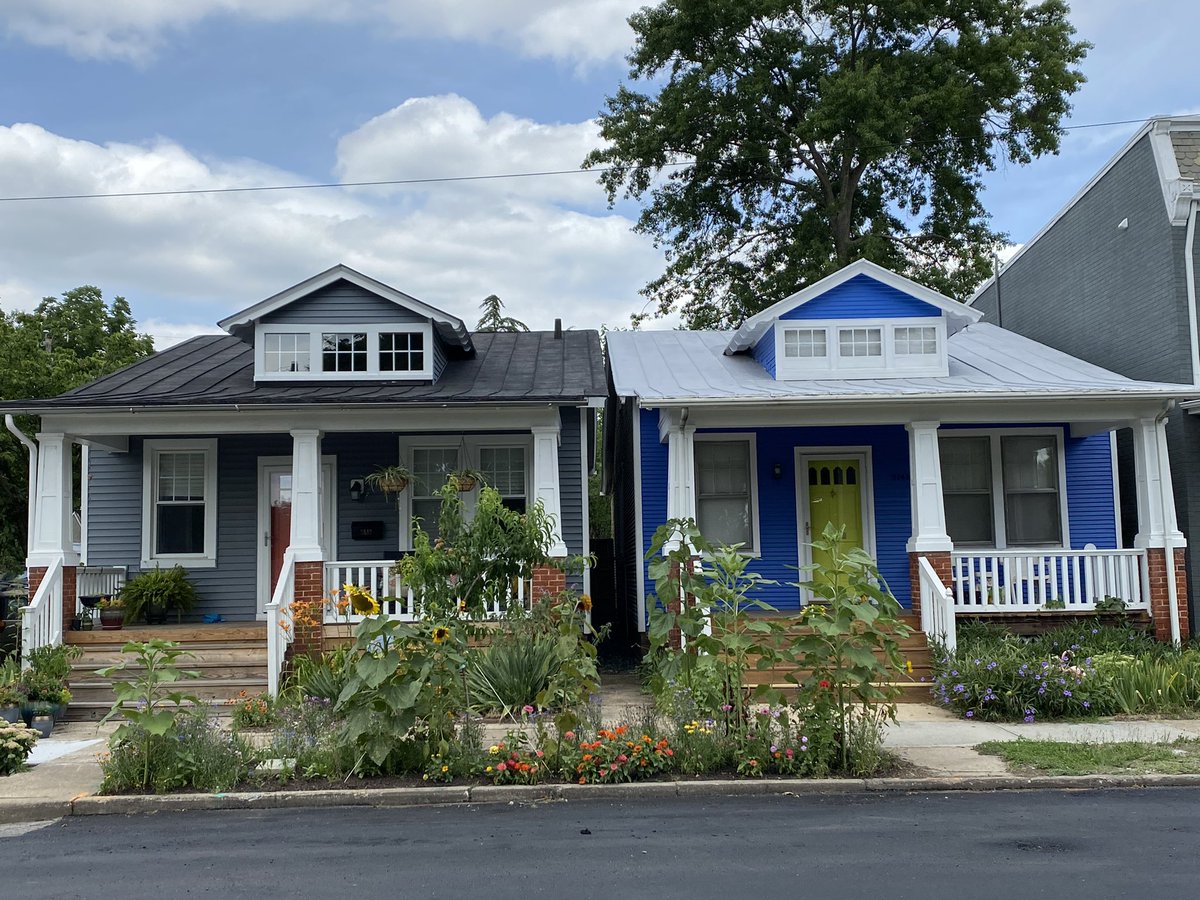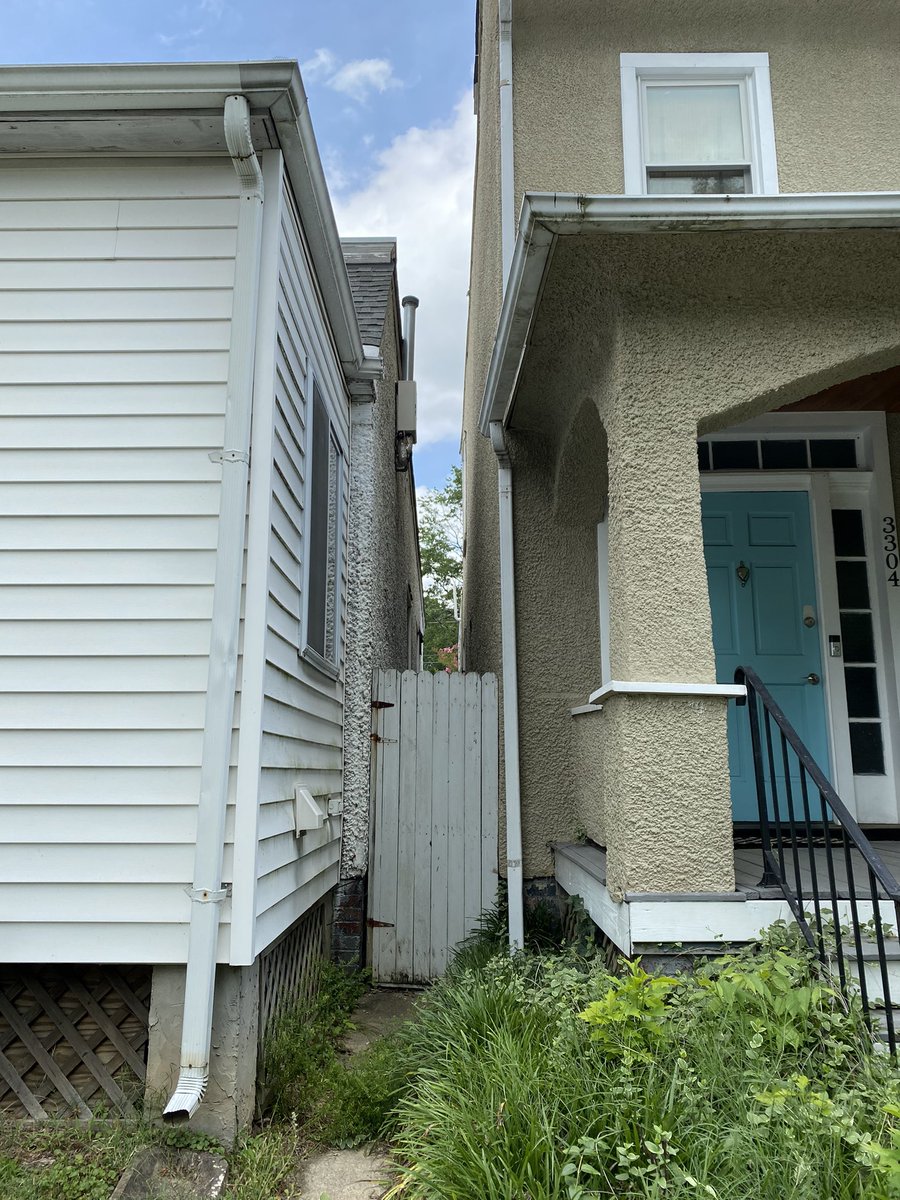
Friends, I’ve been exploring Richmond this week. It has some amazing housing—the stuff of NIMBY nightmares & YIMBY dreams. Small homes on small lots, w/ side setbacks so narrow you can touch both homes. The horror! And where do people store their giant metal boxes?? 



Contemporary architecture on a street full of traditional homes. Defiling neighborhood character! You can almost see property values plummet in response! 

Fourplexes and 6-plexes everywhere! Whole blocks of them. Sometimes even mixed in with detached oneplexes. It’s anarchy, my friends, anarchy! How could previous generations have allowed this to happen? Don’t the plexes overwhelm schools? Clog streets with traffic?? 







Sure, Richmond has lots of neighborhoods full of detached homes on big lots. But the sheer volume of 1910s-1930s vintage gentle density casually sprinkled around is terrific. A good reminder that building diverse housing used to be legal and unremarkable. Let’s try it again!
• • •
Missing some Tweet in this thread? You can try to
force a refresh



